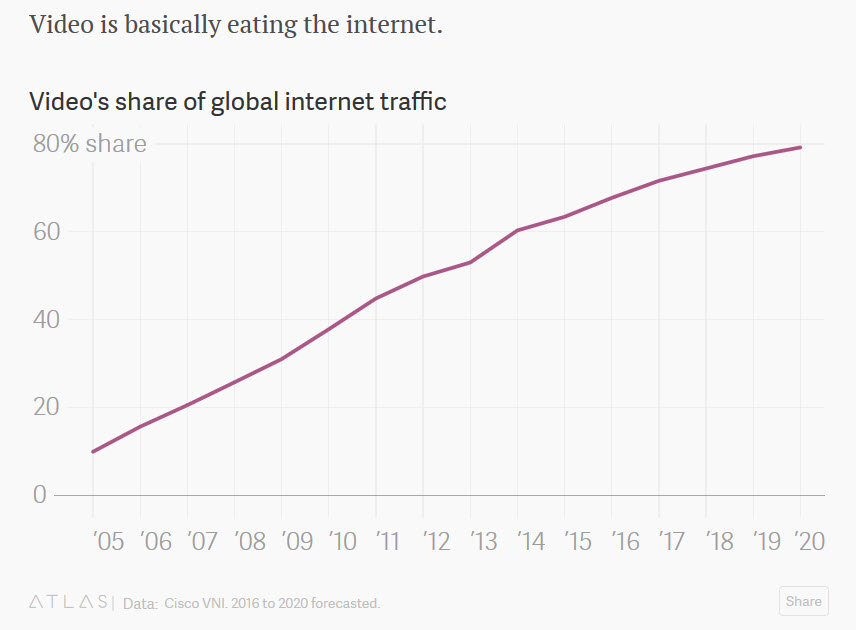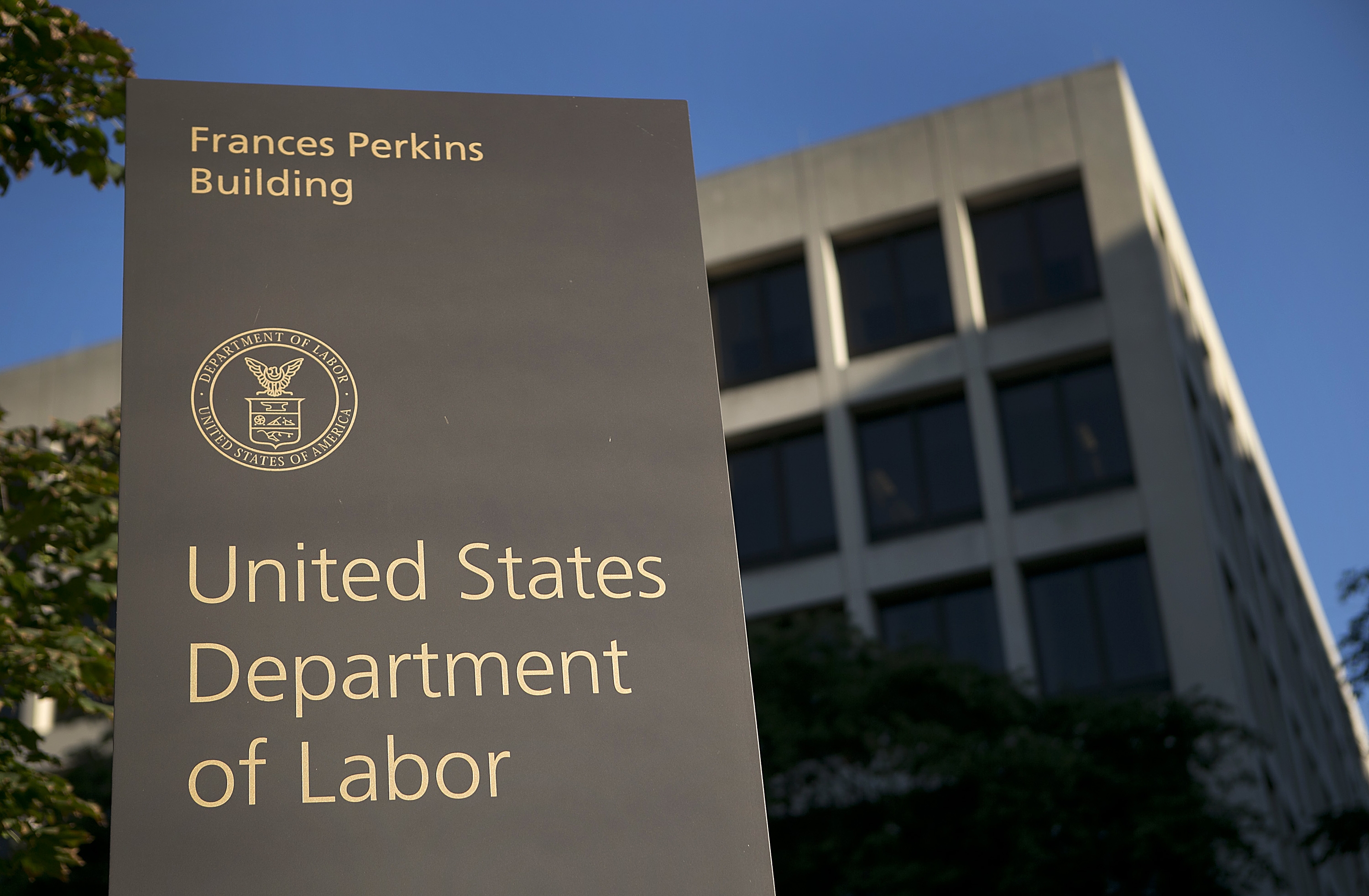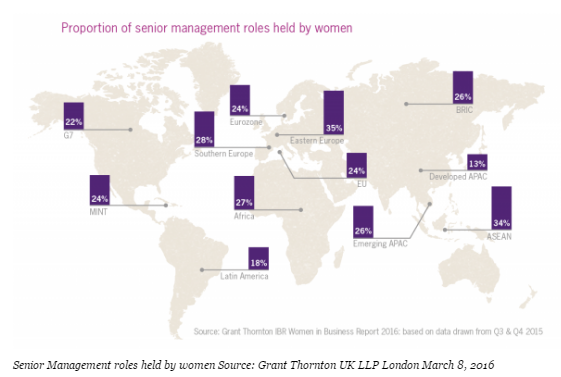
Is it true that video interviewing will open the door for discrimination? Companies looking to incorporate it into their hiring process will often pose this question. The topic of virtual interviews and discrimination is nothing new, yet in recent times it has reemerged as businesses look for better recruitment strategies. For those compliant to EEO-1 and OFCCP laws, it’s important to understand how video fits into the hiring equation without risking legal trouble.
In the 1960’s and 70’s, two federal agencies [Equal Employment Opportunity Commission] (EEOC) and [Office of Federal Contract Compliance Programs] (OFCCP) were founded to enforce employment discrimination laws and ensure workers were never denied opportunity to work based on things like race, religion, disability and gender. In 2015, a study found that 11.7% of businesses based in certain states faced higher risk of lawsuit due to workplace discrimination. New Mexico had the highest rate with a 66% chance compared to the national average and Washington D.C. was close behind with 65%. The reason for these particular states having an increased risk is due to local state laws that build upon federal discrimination law.
“Many of the higher-risk states observed in the study have laws that go beyond U.S. federal guidelines, creating additional obligations and risks for employers. It is important for companies, especially those operating in these high-risk markets, to be keenly attuned to any legal developments that may affect their exposures.” – Bertrand Spunberg, practice leader for Executive Risks Hiscox, USA.
Understanding the importance of keeping up with state and federal law, businesses regulated by EEO and OFCCP standards must be vigilant when it comes to introducing new interview strategies like video. In 2010, the EEOC was asked directly to respond to the inquiry. In response, an informal discussion letter was released to the public by Carol R. Miaskoff, an Assistant Legal Counsel representing EEOC:
“The EEO laws do not expressly prohibit the use of specific technologies or methods for selecting employees, and therefore do not prohibit the use of video resumes. The key question under the EEO laws is how the selection tools are used.”
As with in-person meetings, employers were reminded of the usual EEO standards while using video such as restrictions on asking applicants about disabilities prior to employment offers and to be sure candidates are not rejected based on visible religious garb. Some experts believe using video platforms actually reduces the risk for discrimination. Video provides transparency and is a source of proof when it comes to compliance. Content remains consistent and ensures that certain candidates are not asked different questions from others. It can also remove any chance of having off-topic discussions with applicants that could possibly lead to claims of discrimination down the road. For OFCCP compliant employers, video provides a great system of record keeping and is effective in managing the required 2 year limit of storing applicant interview data.
When it all boils down to it, if employees are properly trained and knowledgeable of state and federal law, you can prevent legal issues. Employees should understand exactly what is and isn’t appropriate to ask while interviewing job candidates, whether in person or virtually, and is the responsibility of the employer to make sure everyone is on the same page. As Bertrand Spunberg suggests:
“Prevention is the best defense against lawsuits…simple preventative and mitigation measures…are essential to minimizing risk and protecting your business.”
In conclusion, hiring teams using video interviewing can follow the same process just as they would if meeting applicants in person. The only difference is that video adds innovation and even reduces the risk for discrimination. With the Equal Employment Opportunity Commission confirming it is a safe practice, businesses looking to use video as a new way to interview have the green light!









 The Equal Employment Opportunity Commission (EEOC)
The Equal Employment Opportunity Commission (EEOC) 
